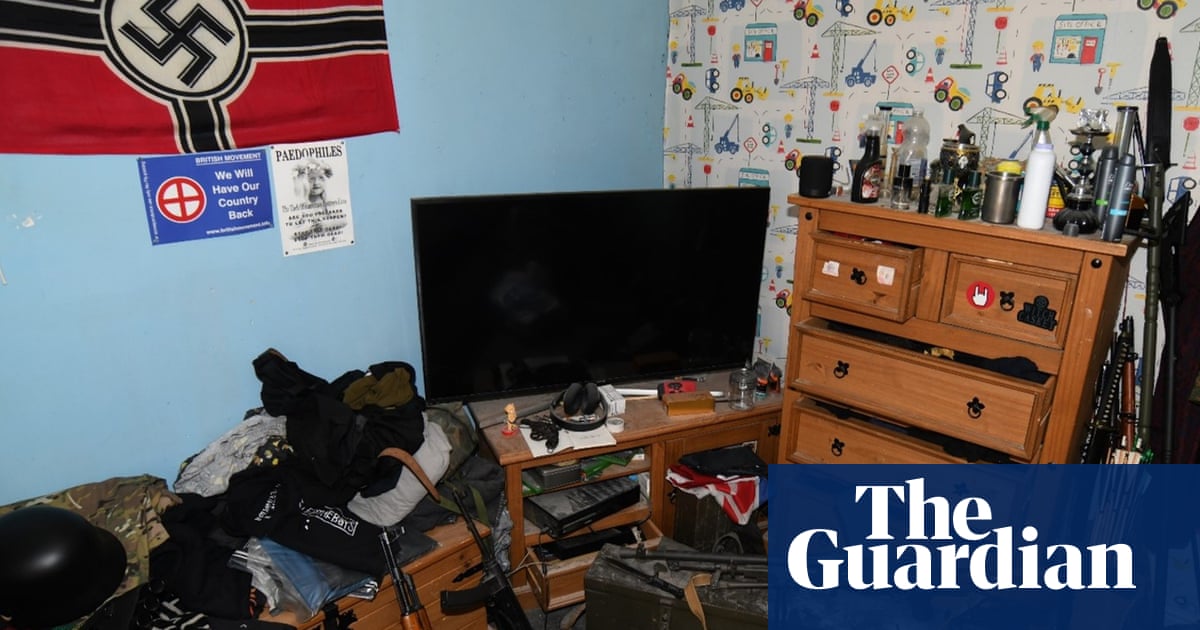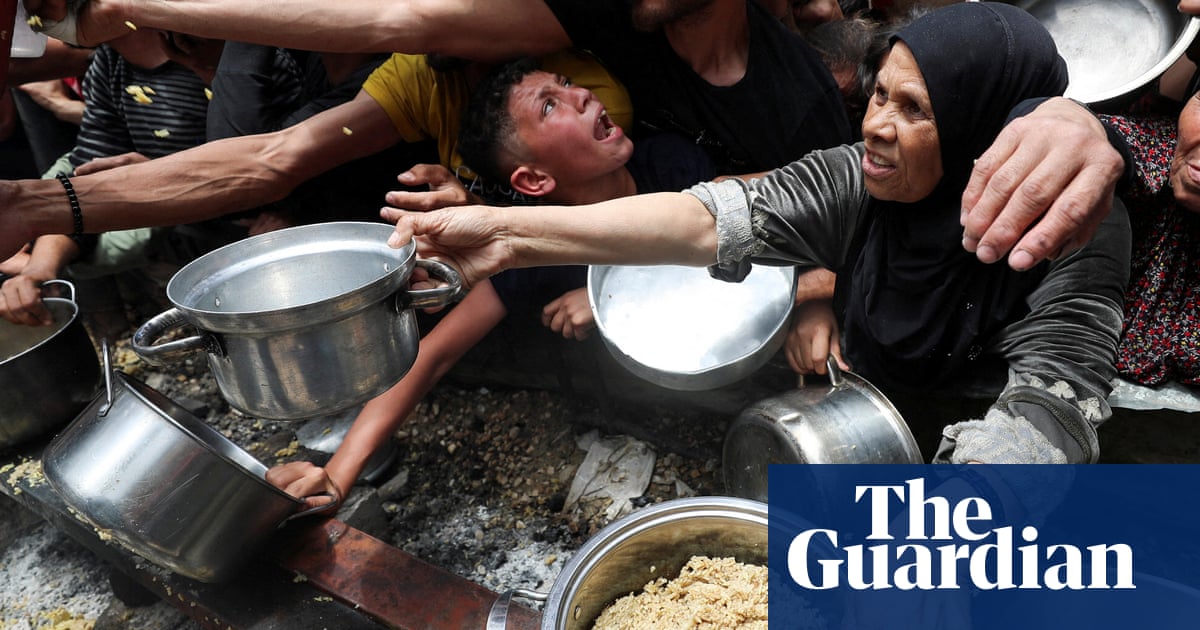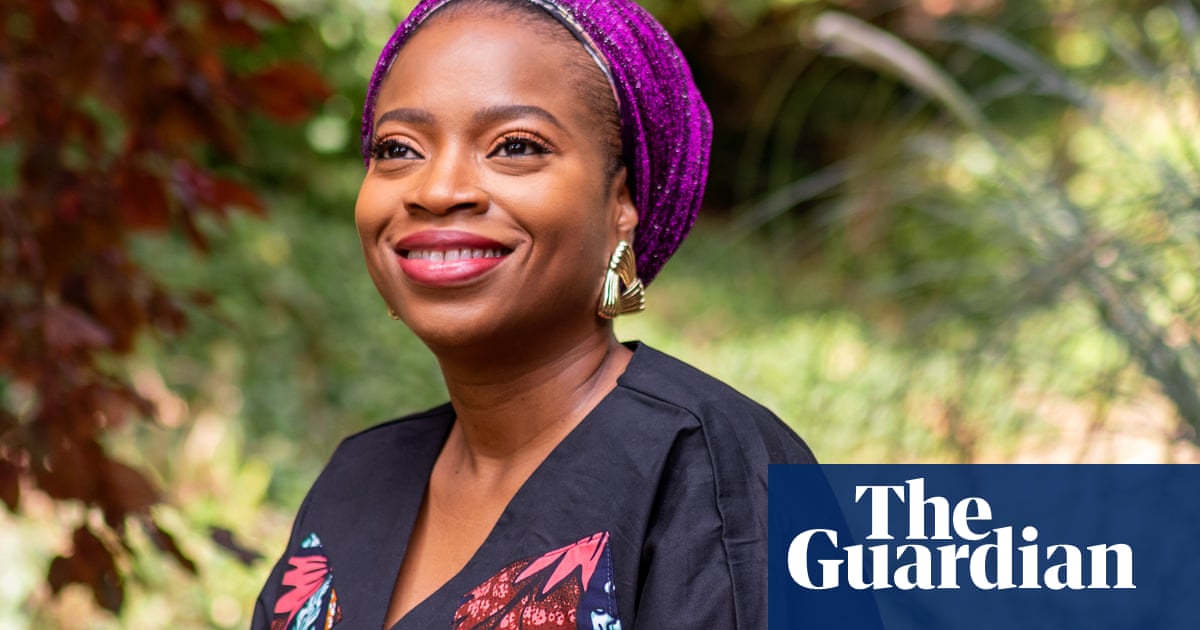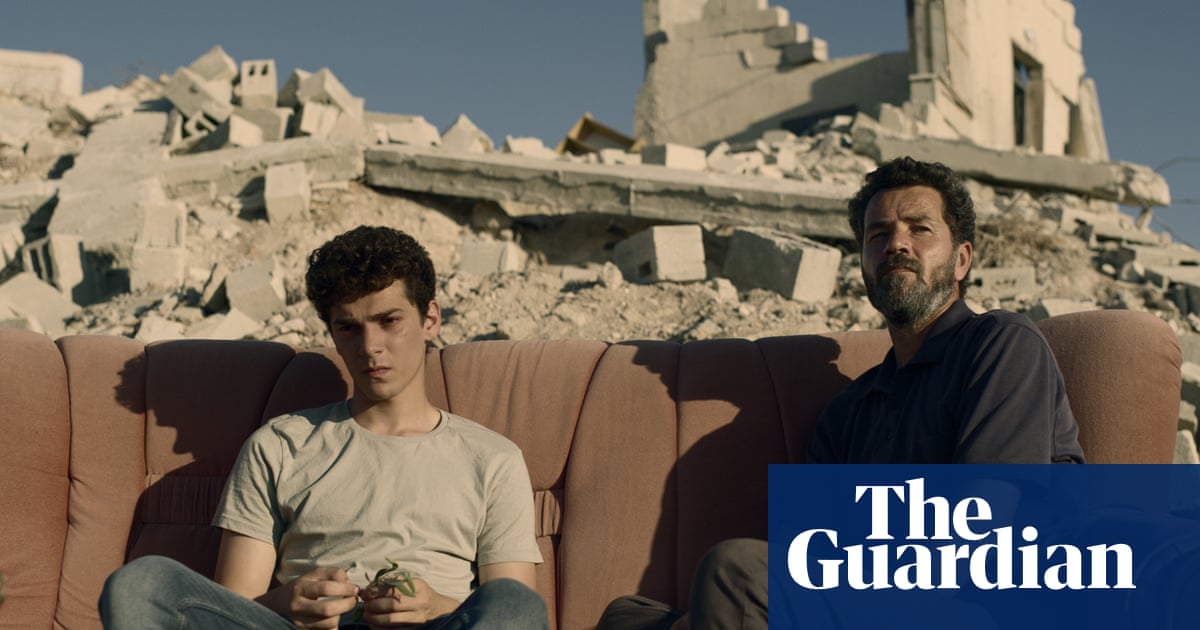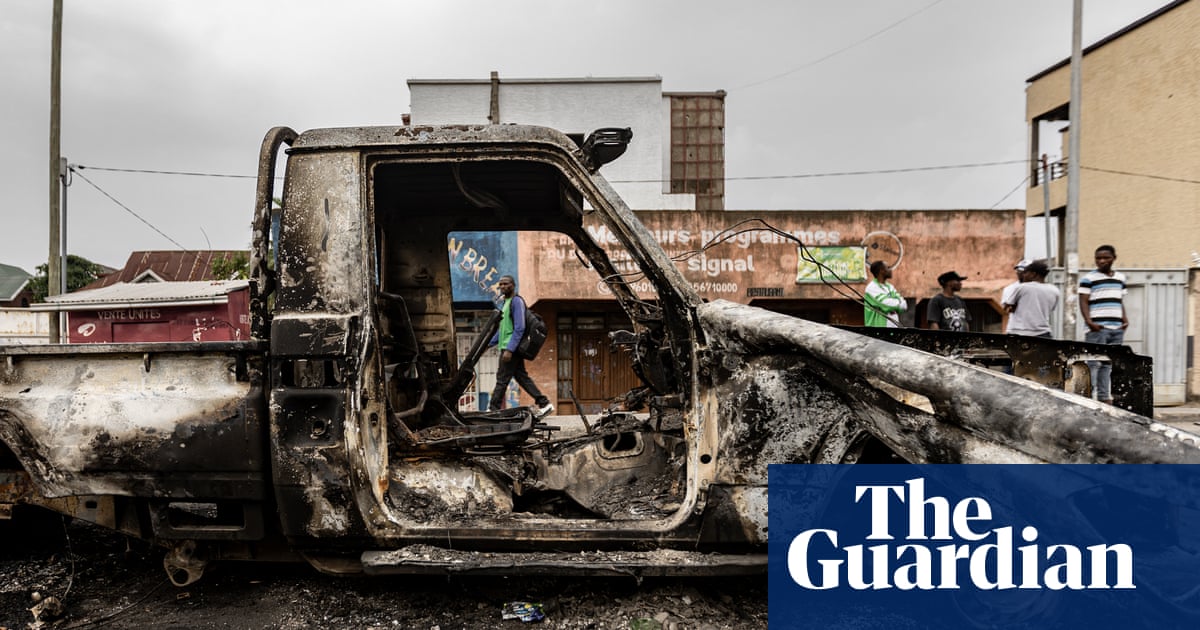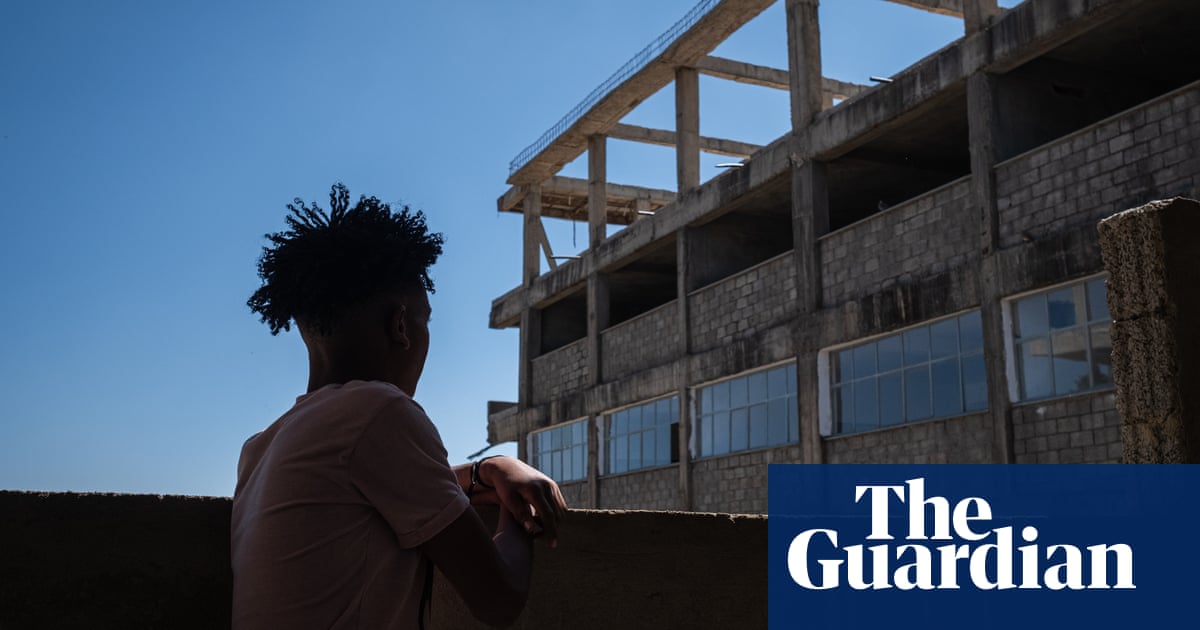This is a portrait of Praween Devi, a woman I met in 2019 through a local organisation while working on my project Nā́rī. I met her alongside other women who gather in their back yards to embroider together, sharing stories over cups of chai.
When I asked to take her photograph, she suggested the main hall of her home, mentioning its lack of decoration and how the walls were bare except for a framed image of flowers and, notably, a photograph of all the men in the house. Before we began, she brought in a rug from another room, subtly curating the space. As I composed the shot, I included the photograph of the men, wondering how she would choose to alter the image through embroidery.
When she embroidered the portrait in phulkari, a traditional craft originally from the Punjab region, she didn’t remove the photograph of the men but instead inserted three women – figures draped in pink and green, mirroring her own clothing.
She embellished the space, framing herself with decorative elements and embroidery on the curtains and floor. Her additions transform the image: through needle and thread, she asserts her presence, reclaiming a space dominated by the male gaze – a quiet defiance of patriarchy and a powerful sense of solidarity, almost as if she’s surrounded by an army of women.
This portrait is part of Nā́rī, a project that, over the past five years, has involved extensive research and fieldwork across multiple states in India, documenting and collaborating with communities of women who have survived gender-based violence. Nā́rī – a Sanskrit word for woman – carries multiple meanings, including sacrifice.
In India, where domestic violence is alarmingly common, many women I met weren’t even allowed to leave their homes, whether because of their husbands, fathers or the fear of being unsafe. So I travelled to them, photographing them in the spaces where they felt most at ease.
I printed these portraits on khadi, a handspun fabric, and asked them to embroider over the images however they wanted, without any guidelines, giving them control over their own portrait.
By placing creative control in their hands, these collaborations disrupt the traditional power dynamics of documentary photography. The act of embroidery becomes an extension of their voice, a reassertion of agency in a world that often silences them. Through Nā́rī, I aim to amplify their stories of survival and resilience – one stitch at a time.
after newsletter promotion

 1 month ago
28
1 month ago
28
